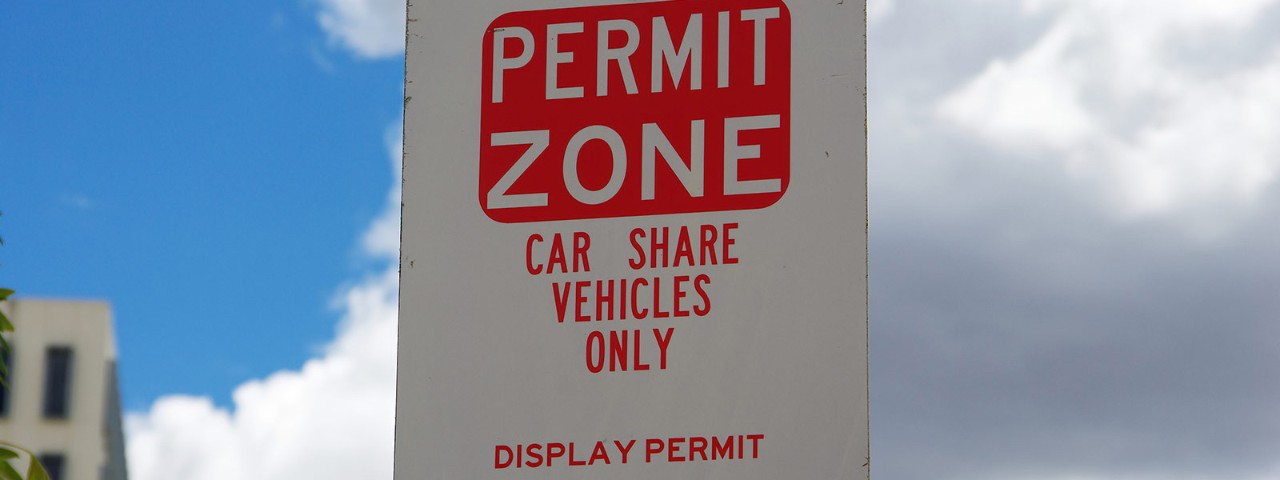Learn what to do when your car breaks down in Victoria, with step-by-step safety tips, what to check, and who to call for help across the state.
Car share: What is it and how does it work?
How does car sharing work?
In the case of Flexicar, users join up online, search for and book their nearest car, then unlock it (using a pincode sent to their phone) and start driving. They return the car to its dedicated parking bay when finished and lock it using the pincode. Most car-share schemes include fuel, damage cover, maintenance and cleaning in the hourly price, and are available 24 hours a day.
Taru says that at the start of 2020, there were approximately 27,000 active car-share users in Victoria (who had made at least one booking in the previous 12 months). Her research shows that among those households using car share, around one in three had either sold off a car, cancelled a car purchase or foregone buying a vehicle. “So, 33 per cent of households had decided to reduce car ownership or give up their dreams of buying a new car,” she says.
However, she also found that the acceptability of car share is limited by the idea that private car ownership is the “default way of life”.
But for many, particularly millennials who are delaying key life phases such as buying a home and having a family, the savings to be gained by not owning and maintaining a vehicle make a compelling argument for car sharing. “The money people are able to save is easily the biggest driver,” says Taru. “The other big one is convenience. Environment is a concern but it comes after cost and convenience.”

The average car-share vehicle is less than two years old. Photo: Supplied
Do the savings really stack up?
According to the latest RACV survey of vehicle running costs, the cost of owning and running a small passenger car exceeds $900 a month averaged over five years, while owning a mid-sized SUV averages costs of more than $1200 a month.
“You could literally save thousands of dollars by losing that second car or not having a car at all and using a car only when you need it through car sharing,” says RACV’s senior manager transport, planning and infrastructure, Peter Kartsidimas. And it’s likely that car-share car will be newer, and therefore safer, than the typical second family car. “Having newer, safer, more fuel-efficient cars on the road is a good thing as well,” says Peter.
There are benefits, too, for the broader community. One Australian study found that for every share car placed in a suburb, around 10 cars were removed from area, which means less traffic and less pollution. While Peter says car sharing is not a silver bullet for solving Melbourne’s traffic woes, it does encourage people to think twice about the need to drive to their destination.
“If you have a car sitting there idle, you’re more likely to use it rather than considering all your options, whether that be car sharing, an Uber, public transport or a bike,” says Peter. “If you’re using car share, you’ll probably drive only when you really need to.”

For every share car placed in a suburb, around 10 cars are removed. Photo: Supplied



